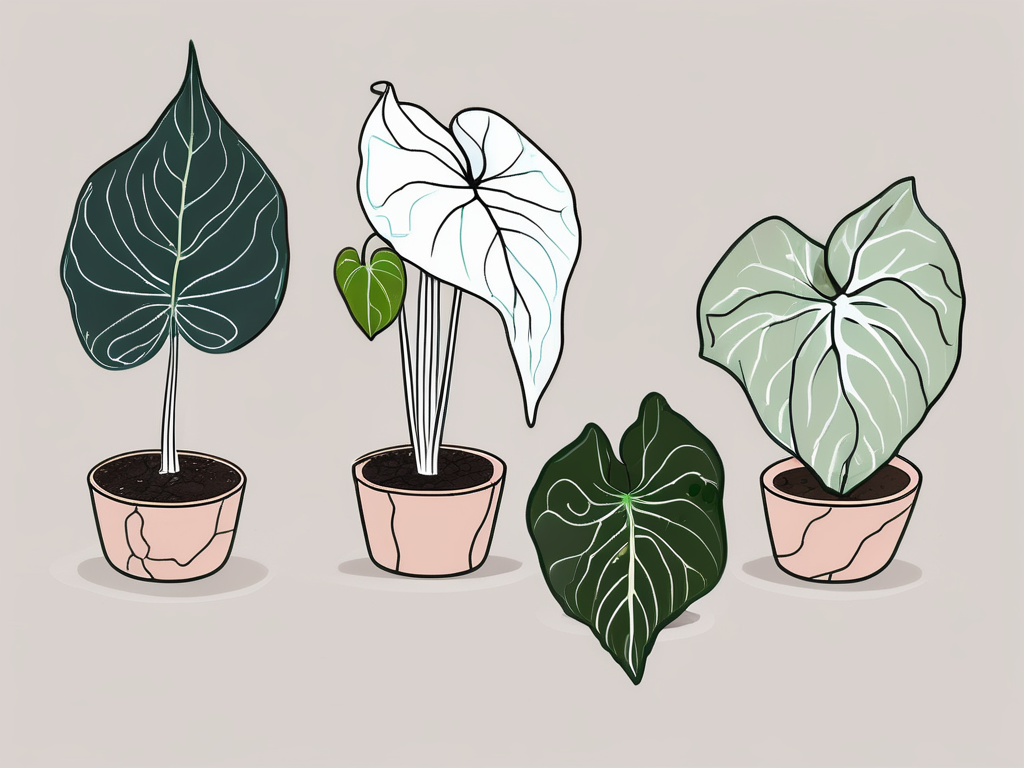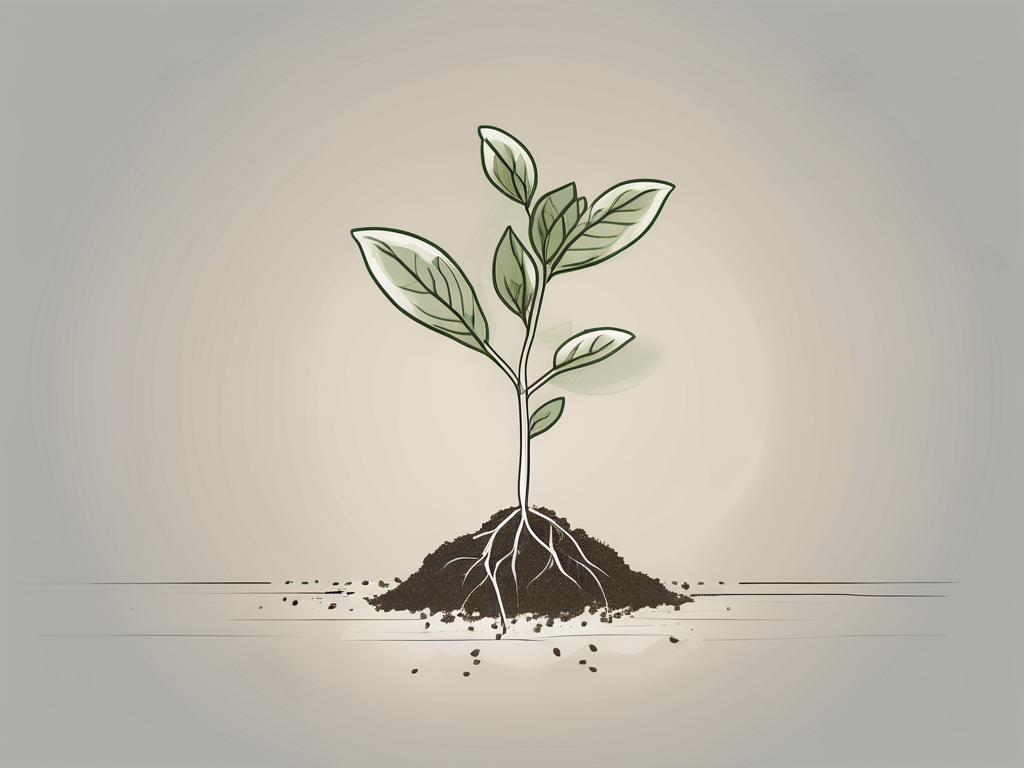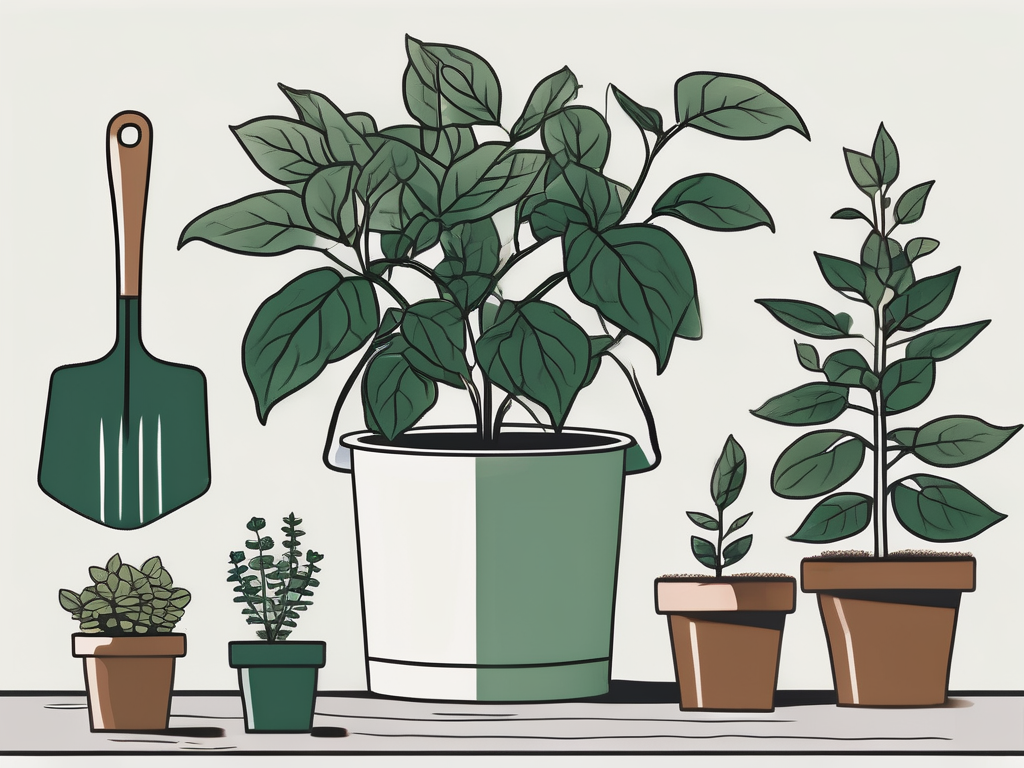
Caladiums are like the fireworks of the plant world, with their vibrant, heart-shaped leaves that can light up any room. Propagating these beauties might seem like a daunting task, but with a little know-how, it's a wonderful way to expand your plant collection. Whether you're a seasoned plant person or a newbie, learning how to propagate caladiums can be a rewarding journey.
In this article, we're going to break down the process of caladium propagation step by step. From choosing the right time to picking the perfect tools, and even diving into some common pitfalls, we'll make sure you have all the information you need to succeed. So, grab a cup of tea, sit back, and let's get started on this leafy adventure!
Choosing the Right Time for Propagation
Timing is everything, especially when it comes to propagating caladiums. You wouldn't plant a seed in the dead of winter, right? The same logic applies here. The best time to propagate caladiums is during their growing season, which typically runs from late spring to early summer. During this period, the plant is actively growing, and its energy is focused on producing new leaves and roots, making it the ideal time to propagate.
Why not try propagating in the fall or winter? Well, caladiums enter a dormant phase during these cooler months. Attempting to propagate during dormancy can lead to poor results, as the plant's energy is conserved, and it's not actively growing. So, mark your calendars for late spring or early summer, and you'll set yourself up for success.
But what if you're itching to propagate and it's not the right season? Patience is key! You can still take this time to prepare by gathering your materials, researching, and keeping your current caladiums healthy and happy. After all, a thriving parent plant is the best start for successful propagation.
Gathering Your Tools and Materials
Before you roll up your sleeves and get your hands dirty, it's essential to gather the right tools and materials. Having everything you need at hand will make the process smoother and more enjoyable. Here's what you'll need:
- Sharp Knife or Pruning Shears: A clean, sharp blade is crucial for making precise cuts. Avoid using dull tools, as they can damage the plant.
- Potting Soil: Choose a well-draining potting mix. Caladiums prefer soil that retains moisture but doesn't stay soggy.
- Pots or Containers: Make sure they have drainage holes to prevent waterlogging.
- Watering Can: To keep your new plants hydrated.
- Optional: Rooting Hormone: This can help speed up the rooting process, though it's not strictly necessary.
Once you've gathered your tools, it's a good idea to sterilize your knife or shears with rubbing alcohol. This helps prevent any potential diseases from spreading to your plant. Now that you're equipped, let's move on to the next step!
Preparing the Parent Plant
Your caladium is about to become a parent, so it's important to ensure it's in tip-top shape before propagation. Start by giving it a thorough inspection. Look for signs of health, such as vibrant leaves and strong stems. If your plant is showing signs of stress or disease, it's best to nurse it back to health before attempting propagation.
Next, water your plant a day before you plan to propagate. This ensures the plant is well-hydrated and lessens the shock of cutting. If your caladium is potted, gently remove it from its container to expose the tubers. These tubers are key players in the propagation process, as they're what you'll be dividing to create new plants.
Be gentle when handling the tubers. A little care goes a long way in preventing damage. If you're unsure whether your caladium is ready for propagation, err on the side of caution and wait until it's healthier or more robust.
Dividing the Tubers
Now comes the exciting part—dividing the tubers! This step is where the magic happens, as each tuber has the potential to grow into a new plant. Here's how to do it:
- Locate the Eyes: Much like potato eyes, these are the small growth points on the tuber. Each eye has the potential to become a new plant.
- Cut the Tuber: Using your sterilized knife or shears, carefully cut the tuber into sections. Ensure each section has at least one eye, as this is where new growth will emerge.
- Optional: Rooting Hormone: Dip the cut ends of the tuber sections in rooting hormone to encourage faster root development.
After cutting, let the tuber sections dry for a day or two in a warm, dry place. This allows the cut surfaces to callous over, reducing the risk of rot when they're planted. Now that you've divided your tubers, it's time to pot them up!
Potting the Tuber Sections
With your tuber sections ready, it's time to give them a new home. Choose pots that are slightly larger than the tubers, with good drainage to prevent water from pooling at the bottom. Fill the pots with your chosen potting mix, leaving enough room to plant the tuber sections.
When planting, position the tuber sections with the eyes facing upwards. Bury them just beneath the surface of the soil, and gently pat the soil down to remove any air pockets. After planting, give the tubers a light watering to settle the soil.
Place the pots in a warm, bright area, but avoid direct sunlight, which can scorch the delicate new growth. A spot with indirect light is perfect for encouraging root development and leaf growth.
Caring for Your New Caladiums
Your caladiums are now potted and ready to grow! But how do you care for them during this crucial stage? Here are some tips to keep your new plants thriving:
- Watering: Keep the soil consistently moist, but not soggy. Overwatering can lead to root rot, which is a common issue for caladiums.
- Humidity: Caladiums love humidity, so consider placing a humidity tray or misting the plants regularly to keep them happy.
- Temperature: Maintain a warm environment, ideally between 65-80°F (18-27°C). Avoid exposing the plants to drafts or extreme temperature changes.
Patience is your best friend during this phase. It may take a few weeks for new growth to appear, so resist the urge to over-fuss. Just keep an eye on your plants, and they'll reward you with beautiful foliage in no time.
Common Problems and Solutions
Even with the best care, sometimes things don't go as planned. But don't worry, we've got some solutions for common problems you might encounter during propagation:
- Rotting Tubers: If you notice a foul smell or mushy tubers, it's likely due to overwatering or poor drainage. Remove any affected tubers, and ensure your pots have proper drainage holes.
- Slow Growth: If your caladiums aren't growing as expected, check their light and temperature conditions. They might need more light or warmth to thrive.
- Pests: Watch out for common pests like aphids or spider mites. Rinse the leaves with water or use insecticidal soap to keep them at bay.
By keeping an eye out for these issues, you'll be well-equipped to handle any challenges that come your way. Remember, every plant has its quirks, and learning from these experiences is part of the fun of being a plant parent.
Transferring to Larger Pots
As your caladiums grow, they'll eventually outgrow their initial containers. When you notice roots poking through the drainage holes or the plant becoming top-heavy, it's time to transfer them to larger pots. This is a straightforward process that will give your plants more room to thrive.
Choose pots that are one size larger than their current homes, and fill them with fresh potting mix. Gently remove your caladiums from their old pots, being careful not to damage the roots. Place them in the new pots, fill with soil, and water thoroughly.
Transferring to larger pots not only gives your caladiums more space but also refreshes the soil, providing them with new nutrients. Keep an eye on their growth, and adjust your care routine as needed to support their development.
Incorporating Caladiums into Your Home Decor
With your newly propagated caladiums flourishing, it's time to think about how to incorporate them into your home decor. Their striking leaves and vibrant colors make them a fantastic addition to any space. Here are a few ideas to get you started:
- Grouping: Create a lush display by grouping multiple caladiums together. This can add a pop of color to a dull corner or create a focal point in a room.
- Containers: Play with different pot styles and colors to complement your home decor. From modern ceramics to rustic terracotta, the right container can make your caladiums stand out even more.
- Pairing with Other Plants: Caladiums pair well with other shade-loving plants, like ferns or hostas. Mixing plant textures and colors can create a visually appealing arrangement.
Remember, there's no right or wrong way to decorate with plants. Let your creativity flow and have fun experimenting with different arrangements.
Final Thoughts
Propagating caladiums is a delightful way to expand your plant family and bring more greenery into your home. By following these steps and caring for your caladiums, you'll have a beautiful collection to show off in no time.
At Cafe Planta, we believe that plants have the power to bring people together and inspire us to connect with nature and each other. If you have any questions about how to take care of your plants, we'd love to hear from you. Please feel free to email us or DM us on Instagram. Whether you're an experienced plant parent or just starting out on your plant journey, we're excited to share our love of plants with you and help you create a beautiful, thriving plant collection in your home.












